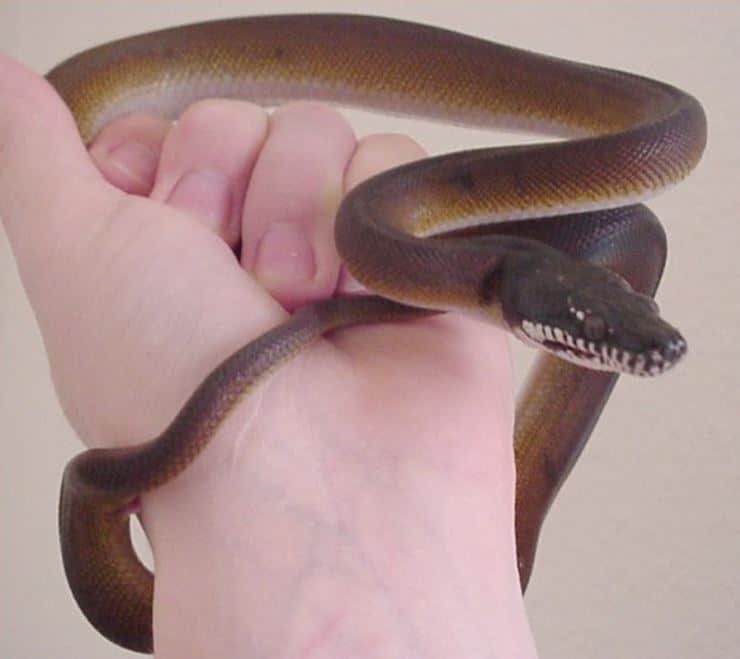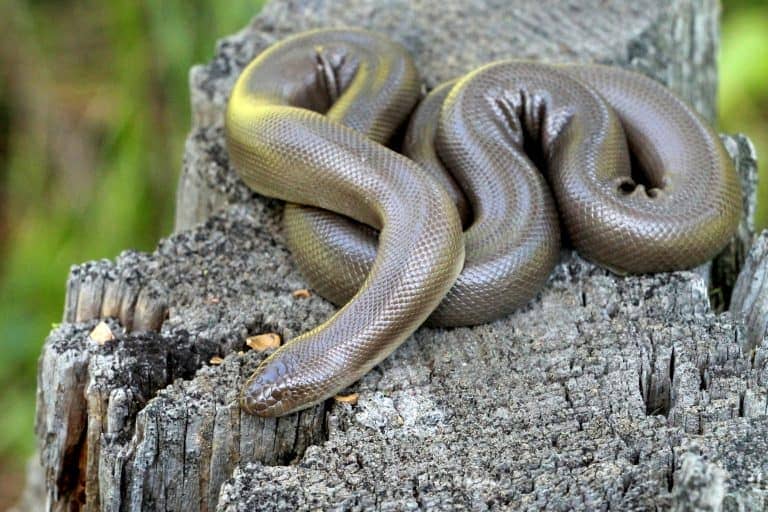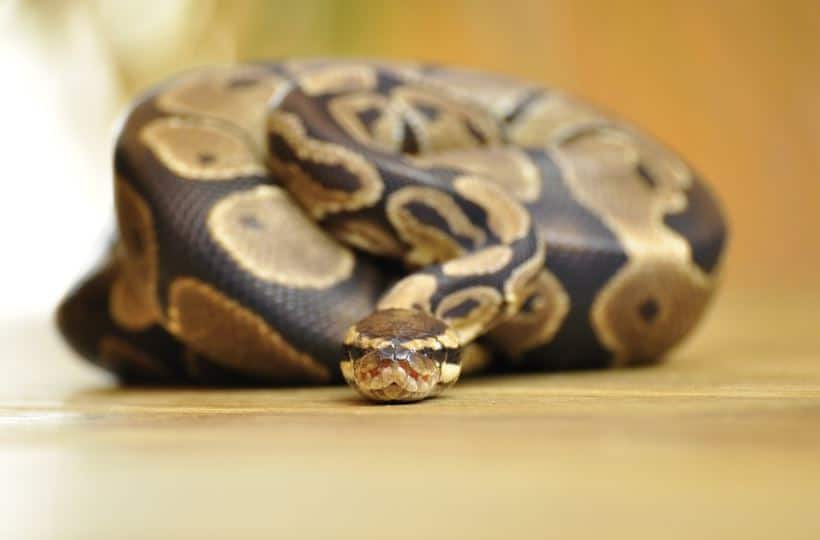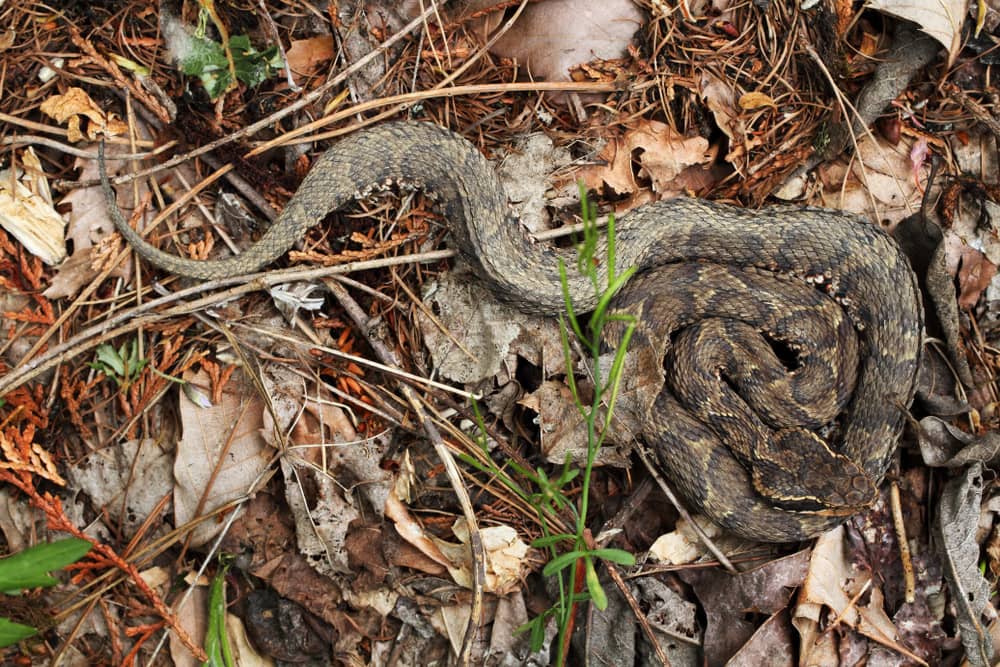Ever seen a snake that glows like it’s polished with oil? That’s the stunning White Lipped Python for you. Known for their shimmering rainbow-like sheen and striking white lip scales, these pythons are a fascinating species both in the wild and captivity.
Why is it called White Lipped?
The name says it all – these pythons sport brilliant white scales along their upper and lower jaws, creating a sharp contrast against their darker bodies.
Quick facts at a glance
-
Scientific Name: Bothrochilus albertisii
-
Average Size: 6-9 feet
-
Native Range: New Guinea & nearby islands
-
Lifespan: Up to 20+ years in captivity
-
Temperament: Can be defensive but also curious

Natural Habitat and Distribution
Where do White Lipped Pythons come from?
They’re native to the dense tropical rainforests of New Guinea, stretching into surrounding islands.
The tropical rainforests of New Guinea
These lush, humid jungles provide ample hiding spots and a buffet of prey, making them the perfect home.
Climate and terrain preferences
White Lipped Pythons thrive in high humidity (70-90%) and warm temperatures, with plenty of leaf litter and logs to slither through.
Physical Appearance
Coloration and unique iridescence
Their base color ranges from dark chocolate to jet black, with a metallic rainbow sheen that changes with the light – think oil slick on water.
Size and growth patterns
Most adults reach 6-7 feet, though some exceptional individuals stretch past 9 feet. Hatchlings start small, around 18-24 inches.
How to identify males vs females
Females generally grow larger and more robust. Males tend to be slimmer with slightly longer tails.
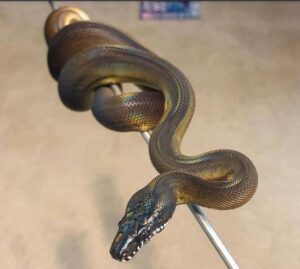
Behavior and Temperament
Are White Lipped Pythons aggressive?
They have a reputation for being snappy, especially as juveniles. With regular, gentle handling, many become quite manageable.
Activity patterns – nocturnal or diurnal?
Mostly nocturnal, they’re more active at night, prowling for rodents and small mammals.
Interaction with humans and other animals
In captivity, they often hiss defensively but rarely strike once accustomed to handling. With patience, they can become surprisingly inquisitive.
Diet and Feeding Habits
What do they eat in the wild?
They hunt small mammals, birds, and occasionally reptiles.
Feeding in captivity
Most keepers feed them appropriately sized rats every 10-14 days. Always monitor their body condition to avoid obesity.
Lifespan and Health
How long do they live?
With proper care, they live 15-20 years, sometimes longer.
Common health issues
Mites, respiratory infections, and scale rot are risks, often due to poor husbandry.
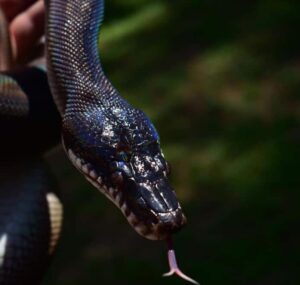
Housing and Enclosure Requirements
Ideal enclosure size
A single adult needs at least a 6x2x2 ft enclosure to move and climb comfortably.
Heating, humidity, and lighting
Maintain a basking spot around 88-92°F and ambient temps of 78-82°F. Keep humidity high, between 70-90%, with daily misting.
Substrate and decor tips
Use cypress mulch or coconut husk to hold moisture. Add sturdy branches, hides, and leaf litter to mimic their natural home.
Handling and Taming Tips
Best practices for safe handling
Start slow. Use a hook initially to gauge mood, then gently lift from the mid-body. Avoid fast movements.
Building trust over time
Handle short, frequent sessions rather than long ones. Let them explore your hands instead of restraining them.
Breeding White Lipped Pythons
Mating behaviors
They breed during the rainy season. Males may combat each other for the female’s attention.
Egg laying and incubation
Females lay 8-15 eggs, which require stable temps around 88°F and high humidity for 60-70 days.
White Lipped Python Morphs and Variations
Northern vs Southern White Lipped Python
Northerns (Bothrochilus albertisii) are darker and glossier. Southerns (Bothrochilus hoserae) are browner with less iridescence.
Rare morphs and color differences
Some slight local variations exist, but no significant captive morphs like you’d see in ball pythons.
Why Keep a White Lipped Python?
Pros of owning one
They’re undeniably gorgeous and a joy to watch. Their intelligence makes them interesting, interactive pets.
Challenges to consider
Their defensive nature means they’re not for everyone. They also need larger enclosures and careful humidity control.
Cost and Availability
Price range in the reptile market
Expect to pay $300-$600 for captive-bred juveniles. Wild-caught imports are cheaper but often come with health problems.
Finding reputable breeders
Seek breeders with a history of producing healthy, well-started snakes. Avoid impulse buys at expos.
Conservation Status
Are they threatened or endangered?
Currently, White Lipped Pythons are not listed as endangered. However, habitat loss and overcollection could pose future risks.
Conclusion
The White Lipped Python is a dazzling species that brings a slice of New Guinea’s rainforest right into your home. While they’re not the best choice for beginners due to their spirited personalities, dedicated keepers will find them rewarding, mesmerizing pets.
FAQs
Are White Lipped Pythons good for beginners?
Not really. They’re best for keepers with experience handling more defensive snakes.
Do they need UVB lighting?
No, but providing low-level UVB can support overall health.
How often should they be fed?
Adults typically eat every 10-14 days. Juveniles every 7-10 days.
How big do White Lipped Pythons get?
Most reach 6-7 feet, with some pushing past 9 feet.
Can they be housed together?
No. They’re solitary and may fight or stress each other out.
Please don’t forget to leave a review.
